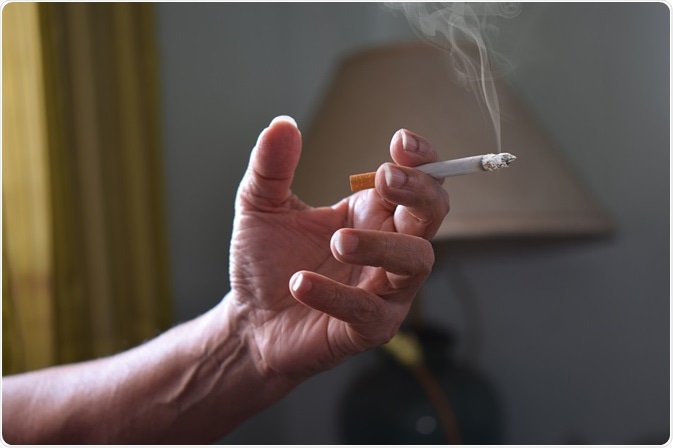Site Under Development, Content Population and SEO, Soft Launch 1st January 2020
Passive smoking or involuntary smoking refers to the unconscious inhalation of smoke that emerges as a result of others burning cigarettes, cigars, or pipes. This inhaled smoke is also termed as known as environmental tobacco smoke (ETS) or second-hand smoke (SHS). Mostly children are affected by passive smoking at a higher rate than adults.

SHS comprises about 4,000 chemicals. These chemicals are extremely harmful and more than 50 of these can cause cancer. When children breathe in SHS, they are also exposed to these chemicals and can have increased problems of coughs, colds, tooth decay, ear infections, and respiratory disorders.
SHS comes from two types of sources: mainstream smoke (MSM) and side stream smoke (SSM). Mainstream smoke is that exhaled by smokers during smoking. Side stream smoke is the smoke released from the tip of a lighted cigarette, pipe, hookah, etc. SSM is more harmful, because the smoke passes directly without filtration, and accumulates in the atmosphere.
The California Environmental Protection Agency reported in 2005 that SSM has 21 types of particulate matter components and 19 gas-phase compounds with known cancerous and non-cancerous health impacts such as cardiac arrhythmias, pulmonary edema, and neurologic and hepatotoxic effects.
Most commonly, infants along with their smoker parents or relatives are affected by the smoky environment in their home. These infants show severe symptoms with long-lasting effects leading to dangerous abnormalities in the body. The following are the impacts of passive smoking on infants:
The Environmental Protection Agency (EPA) of USA states that between 0.15 and 0.3 million infants and toddlers are affected by SHS exposure and around 7,500 to 15,000 of them are frequently hospitalized.
Children with nonsmokers at home can also be affected by ETS, as they may be exposed to smoke in public places like cars, buses, babysitter’s house, school, park, playground, friend’s or relative house, shopping malls, etc.
School-going children when exposed to SHS might develop the following problems:
Ear infections
The child is easily affected by SHS resulting in cold, middle-ear infection, or glue ear infections. They get irritation in the Eustachian tube, a tube that links the middle ear with the pharynx. This leads to ear infection and causes fluid discharge with pain; if left untreated, it leads to hearing loss.
Respiratory disease
Cardiovascular disease
Children suffer highly from ischemic heart disease leading to stroke (20%–30% likelihood), when exposed to SHS. The normal function of the heart is disturbed with abnormality in blood flow, resulting in the risk of myocardial infarction. Sudden cardiac arrest can occur in children because of the damaged endothelium of blood vessels caused by sticky thrombocytes in blood.
Cancer and other diseases
Children have high risk of certain cancers such as brain cancer, lymphomas, leukemia, lung cancer, etc. SHS also causes several other ailments like cataract, meningococcal disease, sinusitis, influenza, eye irritation, sore throat, allergies, etc.
Cognitive damage and behavioral changes
Children more exposed to SHS become more easily addicted to smoking habits at an early age by stimulation of nicotine in the brain. Thus, passive smoking can cause dangerous disorders in children. Providing a smoke-free environment will render a healthy living atmosphere to the child.